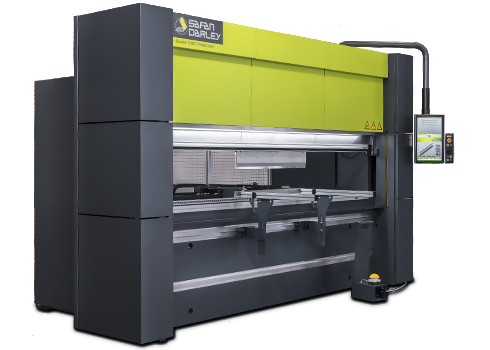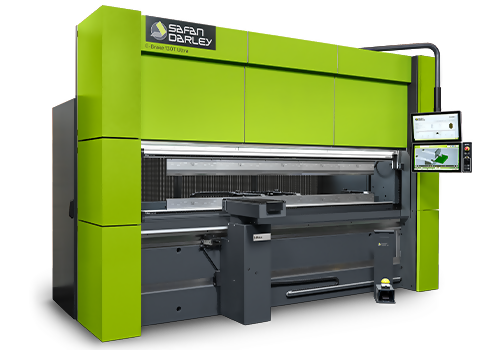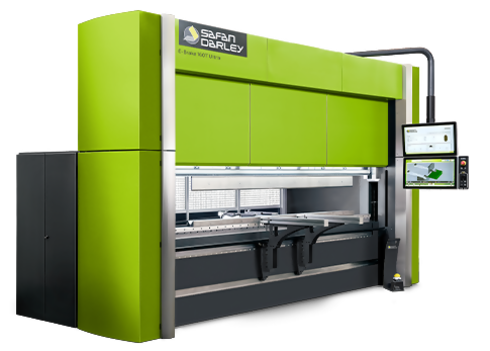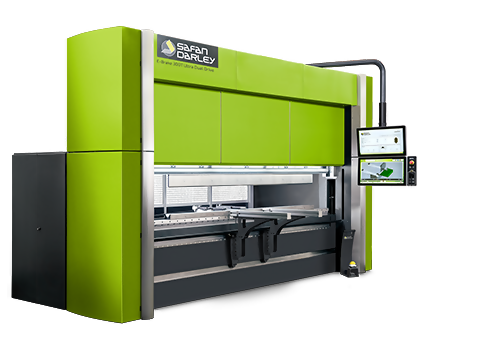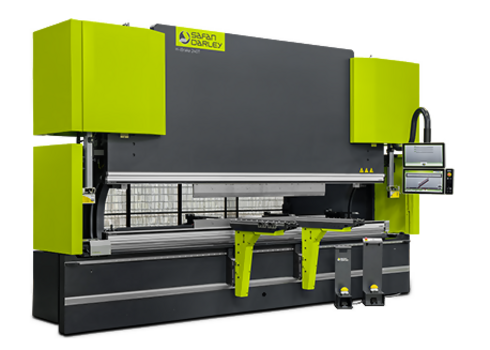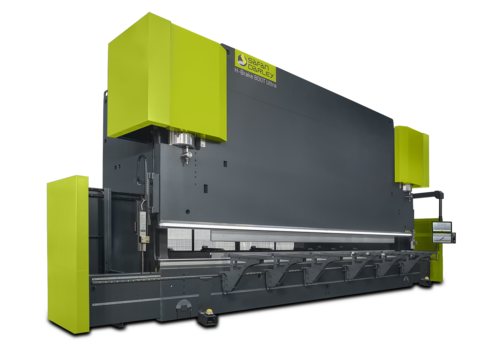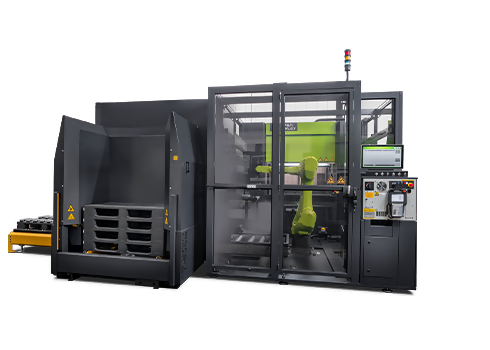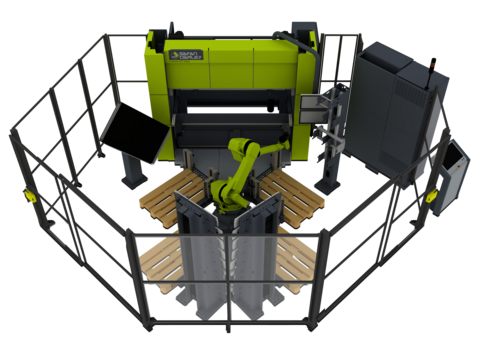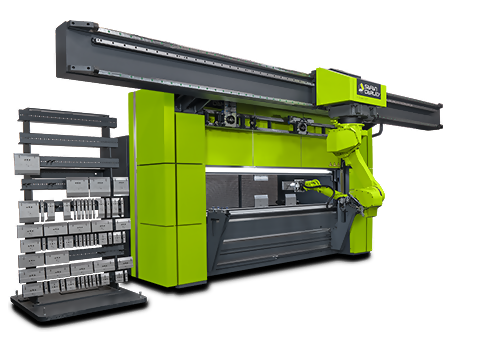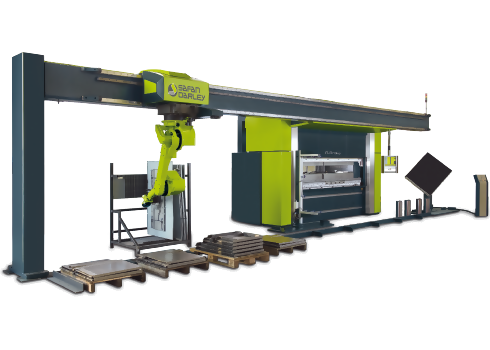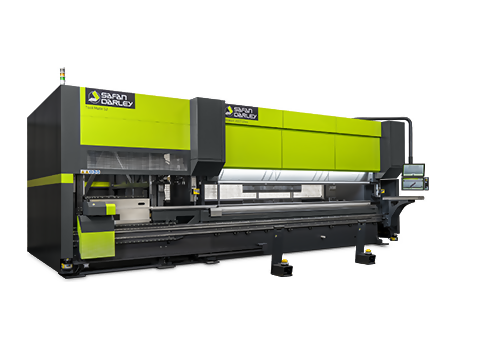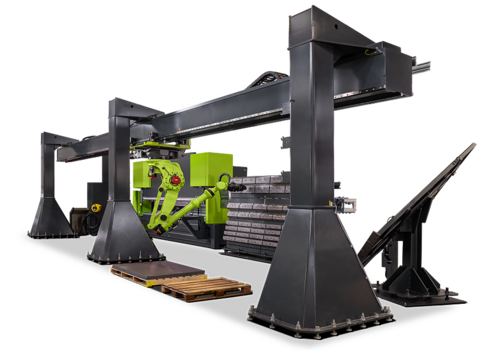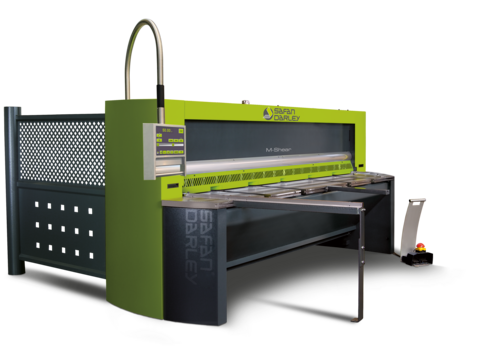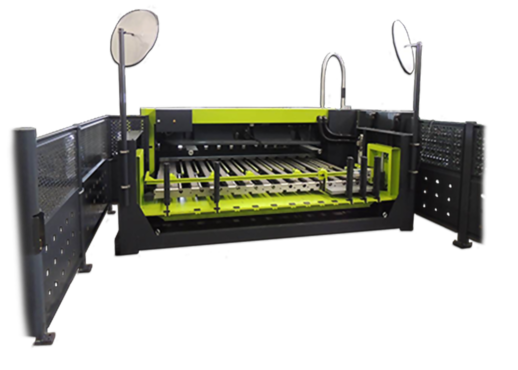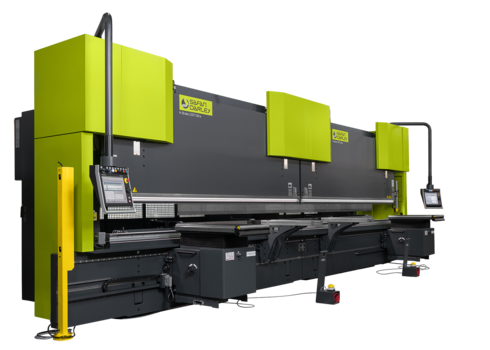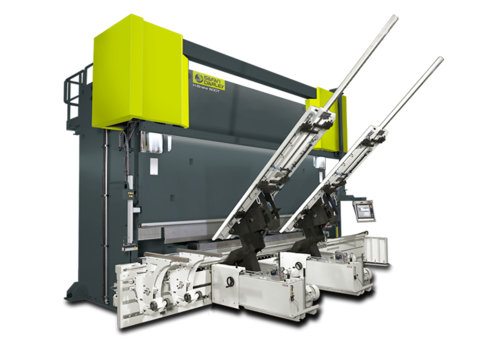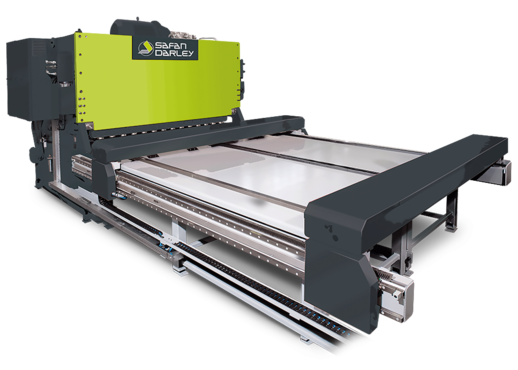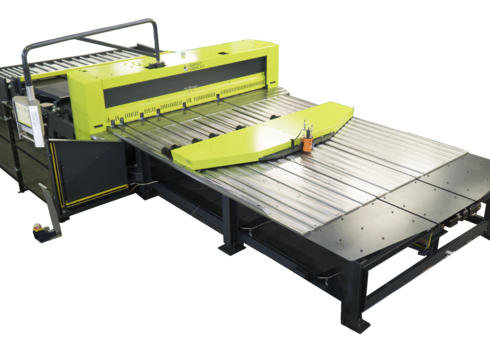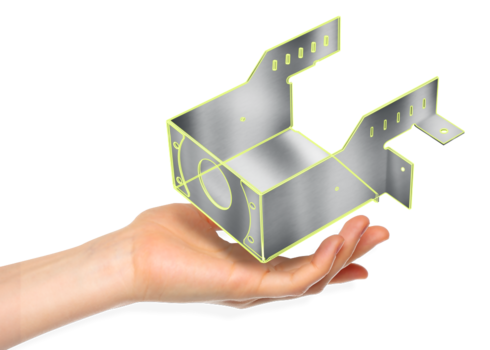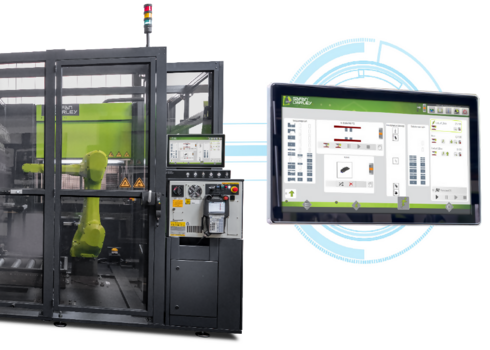
3 Ways to Maximize Production

Busting the Three Biggest Myths About Automation
What’s stopping you from automating your sheet metal fabrication facility?
The Great Resignation and labor shortage has more companies than ever considering automation, but in talking to people I’ve noticed that there are some persistent yet inaccurate beliefs about automation that often hold businesses back from investing.
Let’s get real and dispel three of the most pervasive myths I encounter:
#1: Automation Is Just for Big Companies
One belief I often encounter when speaking with people who lead small- to medium-sized fabrication companies is that automation is only something that major operations can afford – and they have a good reason for thinking this.
In the not-to-distant past, maybe 15-20 years back, automation was a much more complicated proposition than it currently is. Automated systems were typically customized per facility and were built with zero economy of scale. And even once they were built, it took a large, specialized work force to operate them.
The result was that automation was a non-starter for all but the largest fabricators. However, the technologies involved have matured to the point that automation is a viable option for small, medium, and larger-scale operations. In fact, in terms of impact or bang for the buck, smaller companies often have the most to gain from automating.
Automation was also a risky proposition, as in many cases, it was up to the fabricator to purchase all of the right equipment, hire the right people, and then get the system operational. This is no longer the case, at least for SafanDarley customers.
When we begin working with a customer, we always start by learning about their operation and conducting a parts analysis, which includes an estimated time need to fabricate each part. We then make decisions about installation and equipment setup, to make sure our customers are prepared to receive the new equipment and get it up and running.
#2: It Costs Too Much
There are three big holes in the theory that automation costs too much: the labor shortage, soaring labor costs, and potential ROI.
The labor shortage that has been plaguing the manufacturing sector is perhaps the most immediate threat to fabricators. If you don’t have any operators, you can’t fabricate anything to generate revenue. In some areas, it is what some might call a “clear and present danger” to fabricators. When you think about the fixed costs of press brakes or even entire facilities sitting dormant for days at a time, the cost of automating doesn’t seem so bad. If nothing else, automation can serve to insulate or at least buffer fabricators from risks associated with overreliance on the availability of human labor.
The second labor-related challenge is that wages are rising at an unprecedented rate across our industry. I’ve written about how automation can help companies navigate the labor shortage, and the fixed-cost aspect of automation is one of the key dynamics to keep in mind. Simply stated, there is a high level of demand for skilled operators, and even when you are able to find them, they’re difficult to retain because so many other companies are short-handed. The result? Wage inflation at a rate that isn’t sustainable for most companies to withstand. On the other hand, automation must only be paid for once and never gets a raise.
The final coffin nail in the “automation costs too much” argument is the high potential ROI made possible by automation. For starters, the buy-in cost of automation for press brakes has significantly decreased in recent years. There’s never been a lower bar of entry. On top of this, I’ve written about how, with the help of automation, fabricators can make and ship more product more efficiently and safely than ever before. And then there are the cost savings from higher first pass yield (FPY), reduced waste, and minimized downtime, which in some cases can result in a cost reduction of 30% per year. Reduced waste is a particularly compelling reason to automate, given the skyrocketing material costs that most fabricators are facing.
#3: You Need an Army of Engineers and Programmers to Make it Work
Growing fabrication operations typically don’t have the overhead to cover such a large investment – and the good news is that they don’t have to. The most tedious and capital-intensive aspects of automation have been greatly simplified by innovations such as graphical robot programming and offline production software and have eliminated the need for a technically specialized team to support automation. With these tools, which are standard features on all SafanDarley press brakes, operators and anyone with a basic understanding of fabrication equipment can run an automated press brake.
It’s a Great Time to Automate
If any of the myths above have made you hesitate about automation, I would invite you to reconsider. The upsides of automation have never been clearer, and I expect that the benefits of automating sheet metal fabrication will continue to increase as the labor shortage and inflation for wages and materials continues for the foreseeable future.
Read more
blogs
The sky might be the limit for your sheet metal fabrication company's success, but the walls are a more immediate constraint. Your shop's production floor is where revenue is generated, and the size and allocation of that space directly impact how much can be produced on any given day.
Technology and automation are changing sheet metal fabrication at a blistering pace. Innovations like Autopol software for offline press brake programming are changing the game, and it’s natural for them to get a lot of press. However, relationships still matter in our industry. In fact, I would say that partnering with the right OEM is as important now as ever.
